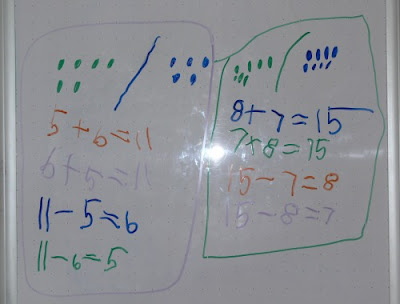(This is an older post that I have revised plus added a video to it. ) In this article I want to explore some ideas for using MENTAL math in calculating percent s or percentages. I have also made a video about this topic: And here are the ideas: Find 10% of some example numbers (by dividing by 10). Find 1% of some example numbers (by dividing by 100). Find 20%, 30%, 40% etc. of these numbers. FIRST find 10% of the number, then multiply by 2, 3, 4, etc. For example, find 20% of 18. Find 40% of $44. Find 80% of 120. I know you can teach the student to go 0.2 × 18, 0.4 × 0.44, and 0.8 × 120 - however when using mental math , the above method seems to me to be more natural. Find 3%, 4%, 6% etc. of these numbers. FIRST find 1% of the number, then multiply. Find 15% of some numbers. First find 10%, halve that to find 5%, and add the two results. Find 25% and then 75% of some numbers. 25% of a number is 1/4 of it, so you find it by dividing by 4. For example, 25% of 16 is 4.
